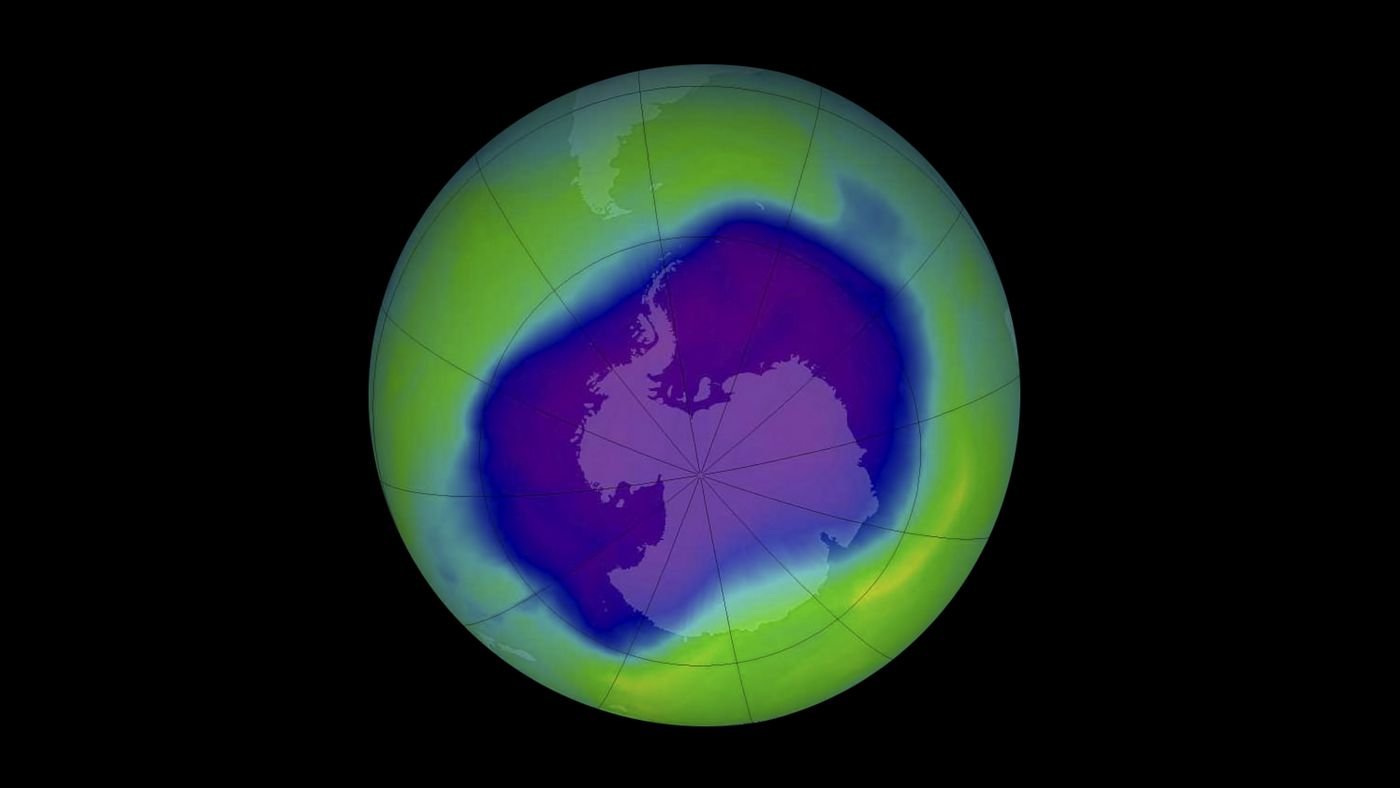Is The Ozone Hole Closed? The Latest Updates in 2023
PHOTO: Vox
Growing up, we were always told about the damage to the ozone layer. What happened to it now? Let this article update you on the latest about the ozone hole and how it affects us now.
Climate change has been a hot topic for years, with debates about its reality and the urgency of finding solutions. One of the most important climate change news stories in recent years is the ozone hole's healing. But has it closed up now? Let's dive into the history of the ozone hole, the actions taken to address it, and whether we're out of trouble.
A Blast from the Past: The Ozone Hole's Origin Story
The ozone hole is a region in the Earth's stratosphere where the ozone layer's concentration is significantly lower than usual. The ozone layer is crucial for life on Earth as it absorbs most of the Sun's harmful ultraviolet radiation.
The discovery of the ozone hole in the 1980s sparked widespread concern about the potential consequences of a thinning ozone layer, leading to increased skin cancer rates and agricultural damage.
The Supervillains: CFCs and Their Takedown by the Montreal Protocol
Chlorofluorocarbons (CFCs) are the primary culprits behind the ozone hole. These chemicals were widely used in refrigeration, air conditioning, and aerosol products. When CFCs are released into the atmosphere, they break down the ozone layer, forming the ozone hole.
Recognizing the need for climate change solutions, countries worldwide came together in 1987 to sign the Montreal Protocol, an international treaty designed to phase out the production and consumption of ozone-depleting substances, including CFCs.
The Kigali Amendment, adopted in 2016, further strengthened the Montreal Protocol by addressing hydrofluorocarbons (HFCs), potent greenhouse gases that replaced CFCs in many applications but still contribute to climate change.
The Montreal Protocol and its amendments demonstrate that countries can collaborate effectively to address climate change issues, providing hope for a more sustainable future.
The Ozone Layer's Status Update: Are We Friends Again?
Since the implementation of the Montreal Protocol, there has been a significant decrease in the use of ozone-depleting substances, leading to the ozone layer's gradual recovery. Nowadays, CFCs are less popular than before, thanks to the countries' actions through the Montreal Protocol and Kigali Amendment.
According to the United Nations, the ozone hole is healing and could fully recover by the middle of the 21st century, ideally in 2037.
Is the Climate Crisis Canceled?
While the healing of the ozone hole is a significant climate change victory, it doesn't mean we're out of the woods yet. The climate crisis is still a pressing issue, with rising global temperatures, melting ice caps, and extreme weather events posing significant threats to our planet.
The success of the Montreal Protocol should serve as a reminder of what can be achieved through international cooperation and commitment to sustainability.
However, we must continue to search for and implement climate change solutions to address the broader climate crisis.
It’s Still Not Over
The ozone hole's story and recovery show that collective action can make a difference in addressing climate change. As young professionals and Gen Zs, we can shape our world and contribute to a more sustainable future. We can tackle the climate crisis and create a better world for future generations.
References:
United Nations. Ozone Secretariat.
United Nations Environment Programme. About the Montreal Protocol.
United Nations Environment Programme. The Kigali Amendment.
World Meteorological Organization. Ozone Hole Recovery Continues.

